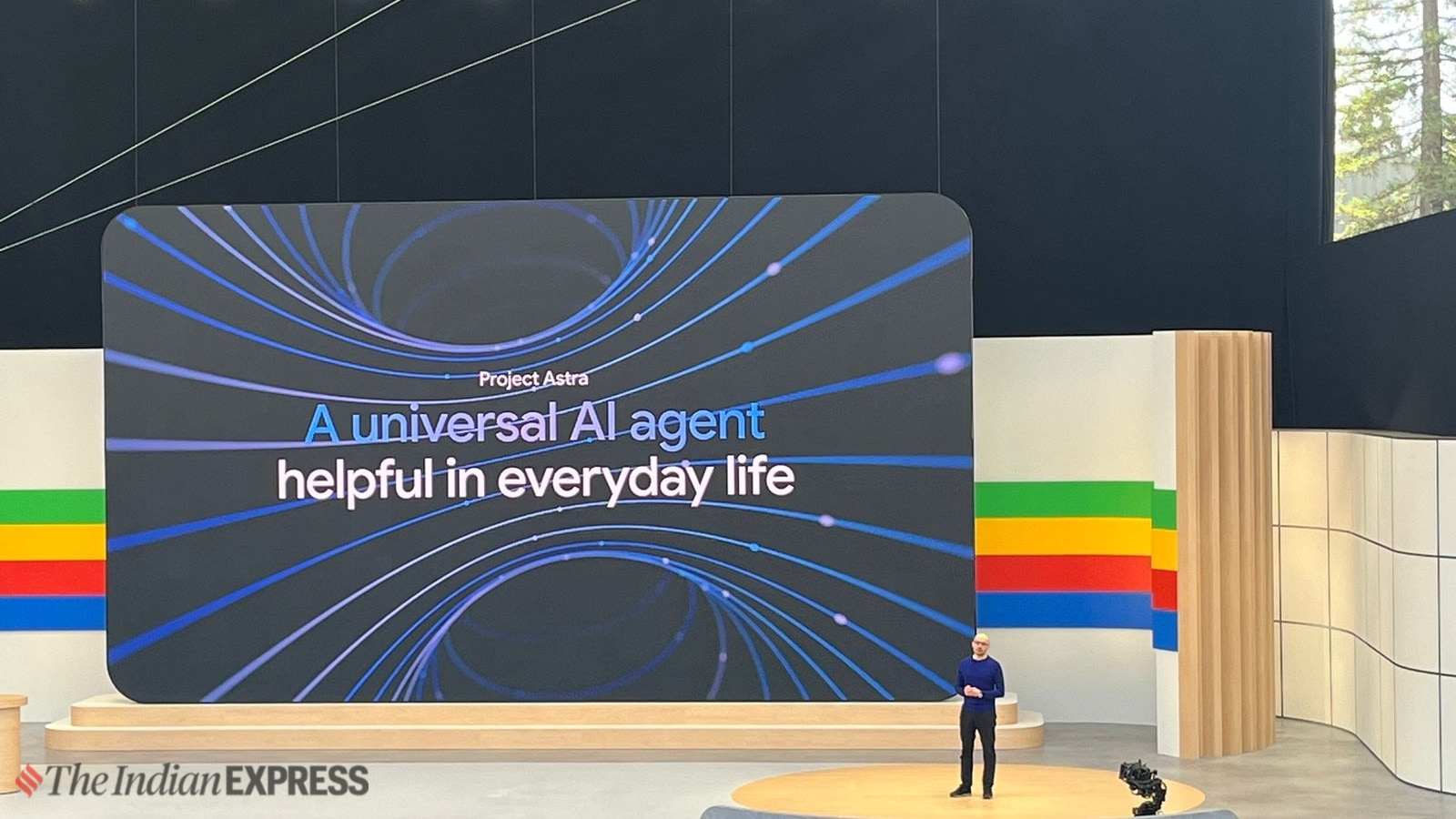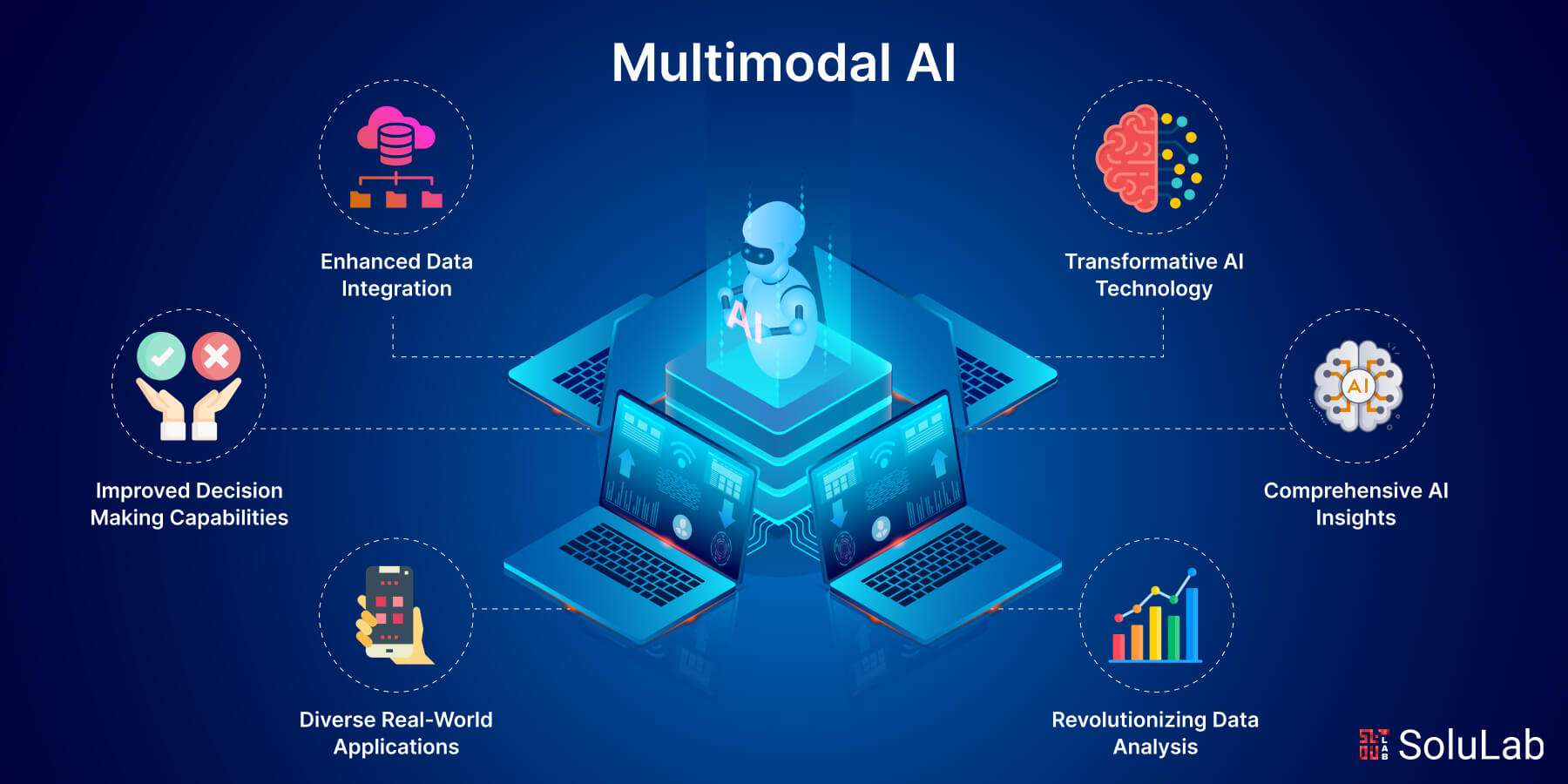AI's Next Big Shift: Multimodal Models Are Changing Everything
The Rise Of Multimodal Ai—A Game Changer
AI has always been about one thing at a time—text-based chatbots, image generators, or speech recognition tools. But now? The game is changing. Multimodal AI models can process and understand multiple types of data at once—text, images, video, and even sound. And this shift is already redefining how we interact with AI.

What Exactly Is Multimodal AI?
Think of it like this: Traditional AI = A blindfolded expert. It can read, but not see. Multimodal AI = A fully aware assistant. It can read, see, hear, and even respond accordingly. For example, OpenAI’s GPT-4 Turbo is multimodal, meaning it can process both text and images. This allows it to analyze pictures, interpret charts, or even solve visual puzzles—all within one model. But that’s just the beginning.
Why This Matters—And Why It’s Huge
- More Human-Like Understanding: AI can now see what you see, hear what you hear, and respond accordingly. Imagine pointing your camera at a broken machine, and AI instantly tells you what’s wrong—without you needing to type anything.
- Revolutionizing Accessibility: Tools like Google’s Project Astra and Meta’s AI-powered glasses are using multimodal AI to assist visually impaired users, translate signs in real-time, and even describe surroundings.
- Next-Level Content Creation: Imagine giving AI a video clip, a set of images, and a short description—and it generates a fully polished documentary or marketing video. That’s where we’re heading.

The Challenges of Multimodal AI
While this sounds incredible, there are challenges:
- Ethical Concerns: More data types mean higher risks for deepfakes, privacy issues, and misinformation.
- Computational Power: Running multimodal models requires immense processing power, making them harder to deploy at scale.
- Bias & Accuracy: Combining multiple types of input increases the risk of misinterpretation and bias in AI responses.
Final Thought: The AI of the Future
Multimodal AI isn’t just an upgrade—it’s a whole new way for AI to interact with the world. It’s the closest we’ve come to AI that "thinks" like humans do—by seeing, hearing, and understanding at the same time. The future isn’t just about smarter AI—it’s about more capable, intuitive, and interactive AI. And that future? It’s already here.




















